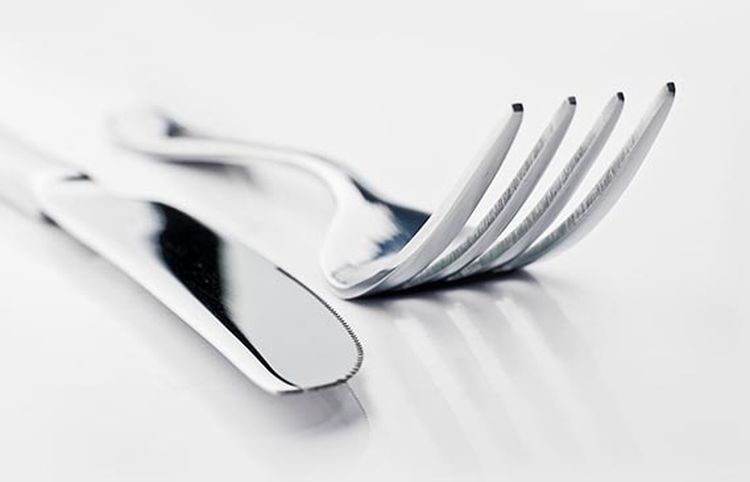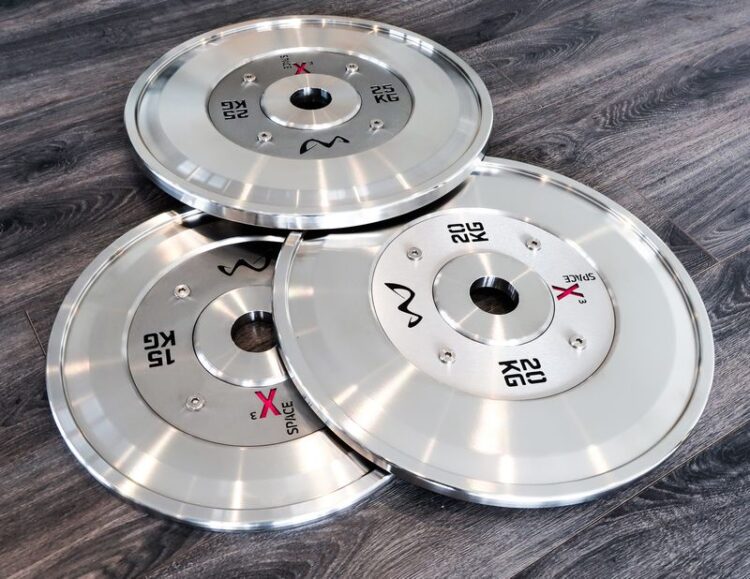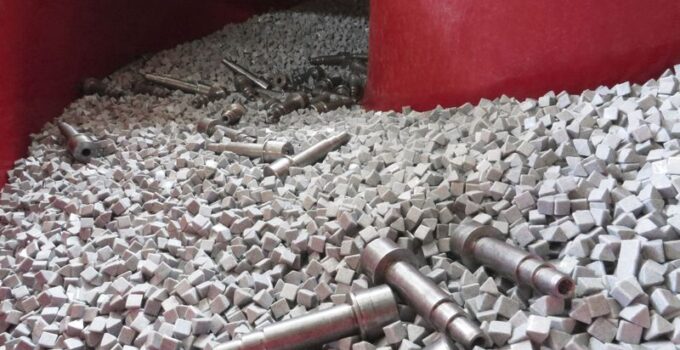Ever since the 18th, 19th, and 20th centuries, human civilization has constantly been trying to push worldwide industrialization and advancement in manufacturing processes. They have invented all kinds of machines, tools, or chemical processes that can help perfect the products that we manufacture.
These days, many industries are utilizing a lot of mass finishing techniques that help process products even further. What was once seen as impossible, today is completely doable. Turning even the smallest pieces of metal into finely processed items. The most effective such technique is vibratory finishing.
Since you’re here reading this article, I can guess that you’re probably quite interested in the industries that use vibratory finishing and for which type of products it is best to use it on. Well, I’m going to tell you everything you need to know about this complicated technique and about every industry that uses it. I’m also going to explain in a few paragraphs on how it exactly works, just make sure you read through the entire article.
Page Contents
How does it work?
Explaining the entire vibratory finishing process is actually quite simple. There is a machine that is filled with a certain shape of pallets which is usually referred to as tumbling media and then the items that need to be cleaned, brightened, or deburred are placed into that machine together with the tumbling media. Once everything’s place, the machine starts to vibrate at a very high frequency which can be anywhere from 900 to 3500 cycles per minute. The rubbing between the pallets and the little metal pieces is what does the finishing.
The machines that do the tumbling are usually referred to as vibratory tumblers. It is quite interesting how these machines work, but explaining it through words is kind of difficult. The machine is equipped with several weights that shake the main piece of the tumbler (the tub) while it is being lifted in the air. Once it is high enough, it is dropped in freefall (although connected on rails). Combining the movements of the freefall and the rubbing between the materials, the results are quite effective.
Although, I do have to mention that not every tumbler works in this exact way. Some are simpler and just shake the materials inside of the top or others may be more complicated with several other types of movement for better shearing action.
I should also mention that the cycles per minute of the tumbler are also a very important factor. The CPM will determine how long the finishing process will take and how effective it will be. But, sometimes using lower CPM is required for more accurate work. If you want to know more specifics about how these machines work, you could check out this website.
Industries that utilize it
These days there are quite a lot of applications of vibratory finishing. I think it is safe to say that most small metal pieces that you use in your daily life have probably gone through this process of vibration. Sometimes, it is even used as a way to clean certain metals. For example, let’s say that your key from home is filled with grease and dirt. You put it in the machine, you wait 15 to 25 minutes and it will seem like it is brand-new.
-
Cutlery

source:inovatecmachinery.com
A great example of vibratory finishing is cutlery. Every knife, spoon, or fork in your home has probably gone through this process and for good reason. These items must be as smooth as possible because they enter delicate parts of the human body or specifically, the mouth. Since metal has a very high rating of toughness, it can easily damage things such as your teeth, your palate, your tongue, or the insides of your cheek.
Through vibratory finishing, the cutlery gets thoroughly cleaned and the surface is very smooth which allows us to eat with them. The smoother the surface, the better the product.
-
Fitness industry

source:watsongym.co.uk
You probably will have never guessed this, but yes, the fitness industry does actually have a need for this type of mass finishing. Next time, when you are in the gym, spend some time analyzing all of the metal items you can see in there. The machines are made out of thousands and thousands of small intricate metal pieces that need to be descaled, burnished, cleaned, brightened, and deburred. Without this part of manufacturing, these machines would probably have a much shorter lifespan.
The weight plates and the weight pole have also gone through the same manufacturing steps to have that level of smoothness. For example, if the plates did not have a smooth surface, you won’t be able to add them or remove them from the metal pole. The entire process would be much more complicated and frustrating.
-
Automotive industry
I would guess that most people already have a pretty good idea of how vehicles are manufactured. Manufacturing then takes a lot of precision, focus from the workers, and detailing. There are hundreds or even thousands of small screws or other pieces of metal that need to be put in the right place. The combination of all of those pieces is what makes vehicles so long-lasting. That is why we can see cars from the 50s and 60s still being active on the streets.
However, without vibratory finishing, all this would not be possible. The quality of the items would be much lower which would ultimately lead to a shorter lifespan of vehicles. It is becoming quite clear that without this process, the quality of the products that we use every single day would be much lower. This is why it is important to appreciate these types of manufacturing discoveries.
-
Jewelry industry

source:inovatecmachinery.com
Have you ever wondered how rings, necklaces or other jewelry made out of gold or silver can be so shiny? Well, you won’t have to wonder about that anymore because they managed to reach that level of shine with the help of vibratory finishing according to shinysmooth.com.
Like I already said, it is obvious that without vibratory finishing, we wouldn’t have the same level of quality and products as we do today. That is why it is important to understand how it works and where this manufacturing process is utilized.





